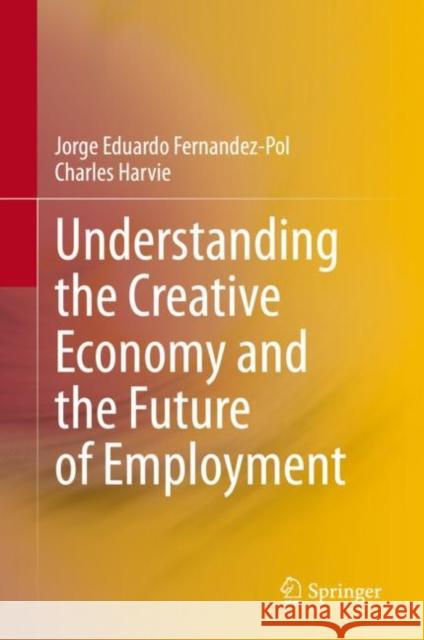Understanding the Creative Economy and the Future of Employment » książka
topmenu
Understanding the Creative Economy and the Future of Employment
ISBN-13: 9789811516511 / Angielski / Twarda / 2020 / 191 str.
Understanding the Creative Economy and the Future of Employment
ISBN-13: 9789811516511 / Angielski / Twarda / 2020 / 191 str.
cena 564,88
(netto: 537,98 VAT: 5%)
Najniższa cena z 30 dni: 539,74
(netto: 537,98 VAT: 5%)
Najniższa cena z 30 dni: 539,74
Termin realizacji zamówienia:
ok. 22 dni roboczych.
ok. 22 dni roboczych.
Darmowa dostawa!
Kategorie:
Kategorie BISAC:
Wydawca:
Springer
Język:
Angielski
ISBN-13:
9789811516511
Rok wydania:
2020
Wydanie:
2020
Ilość stron:
191
Waga:
0.45 kg
Wymiary:
23.88 x 19.56 x 1.27
Oprawa:
Twarda
Wolumenów:
01











